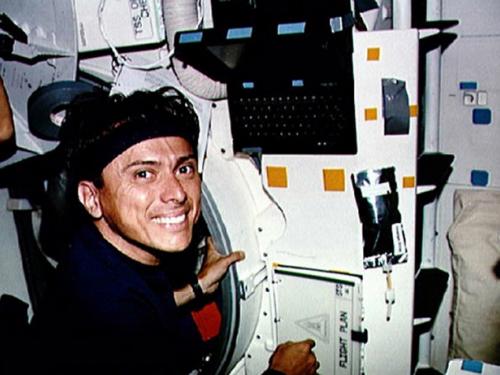
Story
Aeronautics curator Jeremy Kinney talks about 10 cool things you might not know about the Udvar-Hazy Center and definitely won't want to miss.

Showing 21 - 25 of 25

Story
Aeronautics curator Jeremy Kinney talks about 10 cool things you might not know about the Udvar-Hazy Center and definitely won't want to miss.

Story
Although the collection of the National Air and Space Museum contains some of the best air- and spacecraft, it also has one of the best collections of artifacts from the often forgotten days of ballooning. Before humans were able to fly into the heavens on wings or rockets, they first rose off the ground in balloons, often tethered to prevent complete flight.

Story
Did you ever read a “choose-your-own-adventure” book as a kid? What about watching old episodes of Law & Order on cable? I enjoyed both, since it always felt like I was really working to solve a problem, either on my own or vicariously through Detective Lennie Briscoe (played by the incomparable Jerry Orbach). Sometimes, my job as a curator at the National Air and Space Museum benefits from my love of solving a mystery, and researching the collection of space cameras gave me that opportunity starting in 2004.

Story
On July 10th, 1962 at 11:47 GMT, the world’s first transmission of a television image by satellite took place, using the Telstar satellite.

Story
The announcement last year that Bill Moggridge was selected to be the new head of the Smithsonian’s Cooper-Hewitt Museum in New York gave me pause. In my daily work I tend to stay on a narrow path of aerospace-related topics, but that name sounded familiar. A glance at my bookshelf gave me the answer: before joining the Cooper-Hewitt, Moggridge was a co-founder of the international design firm IDEO, and while there he played a crucial role in the design of the world’s first laptop computer: the GRiD Compass, first marketed in 1982. The unusual capitalization of “GRiD” was a trademark of the company that developed it.